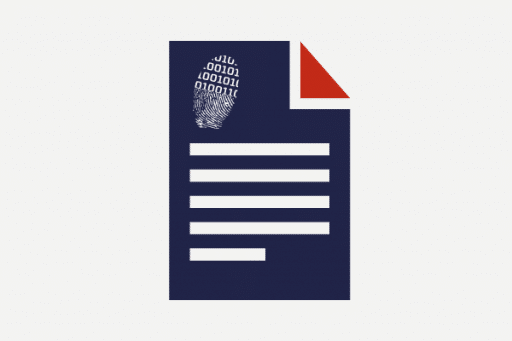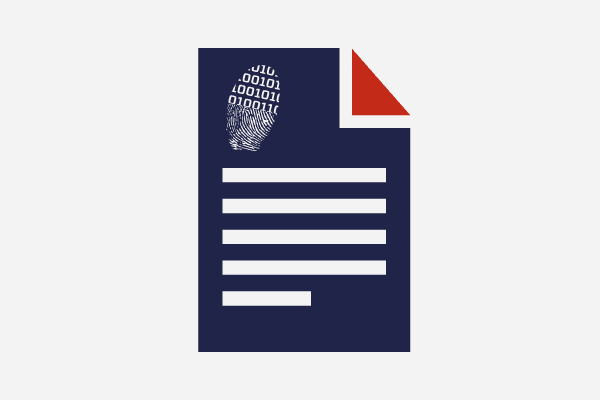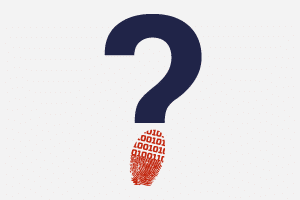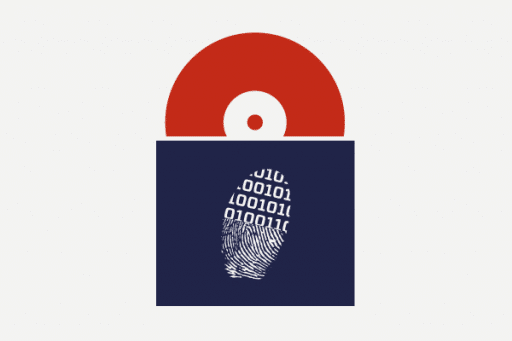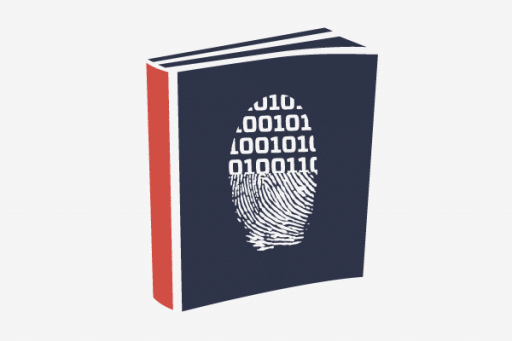There are several methods of acquiring a memory image from a Linux system – one of the most traditional being to image the current physical memory into a single file – In this case any non-system areas would need to be padded with zeros in order to maintain the representation of physical memory. Another method involves examining the /proc/iomem file (Linux will print the current map of the systems memory in this file) to identify which memory ranges are marked as System RAM, and copying / concatenating those ranges into one file. This results in a smaller file, but lacks the representation of physical memory.
The problem we have and the reason this article and Python code has come to be is because I have a memory image (for a challenge, actually – more on that in a later article, perhaps) which has been obtained using LiME, but with LiME set to output in a raw format which simply concatenates the System RAM ranges together. Many memory forensics tools and frameworks, such as Volatility, or crash with the volatile patch cannot work with this kind of raw memory image . The tools have no way of knowing what goes where.
[su_button url=”https://tribalchicken.com.au/dfir/converting-a-memory-image-from-raw-to-padded/” target=”blank” style=”flat” background=”#222348″ size=”7″ radius=”0″]Read full article[/su_button]

